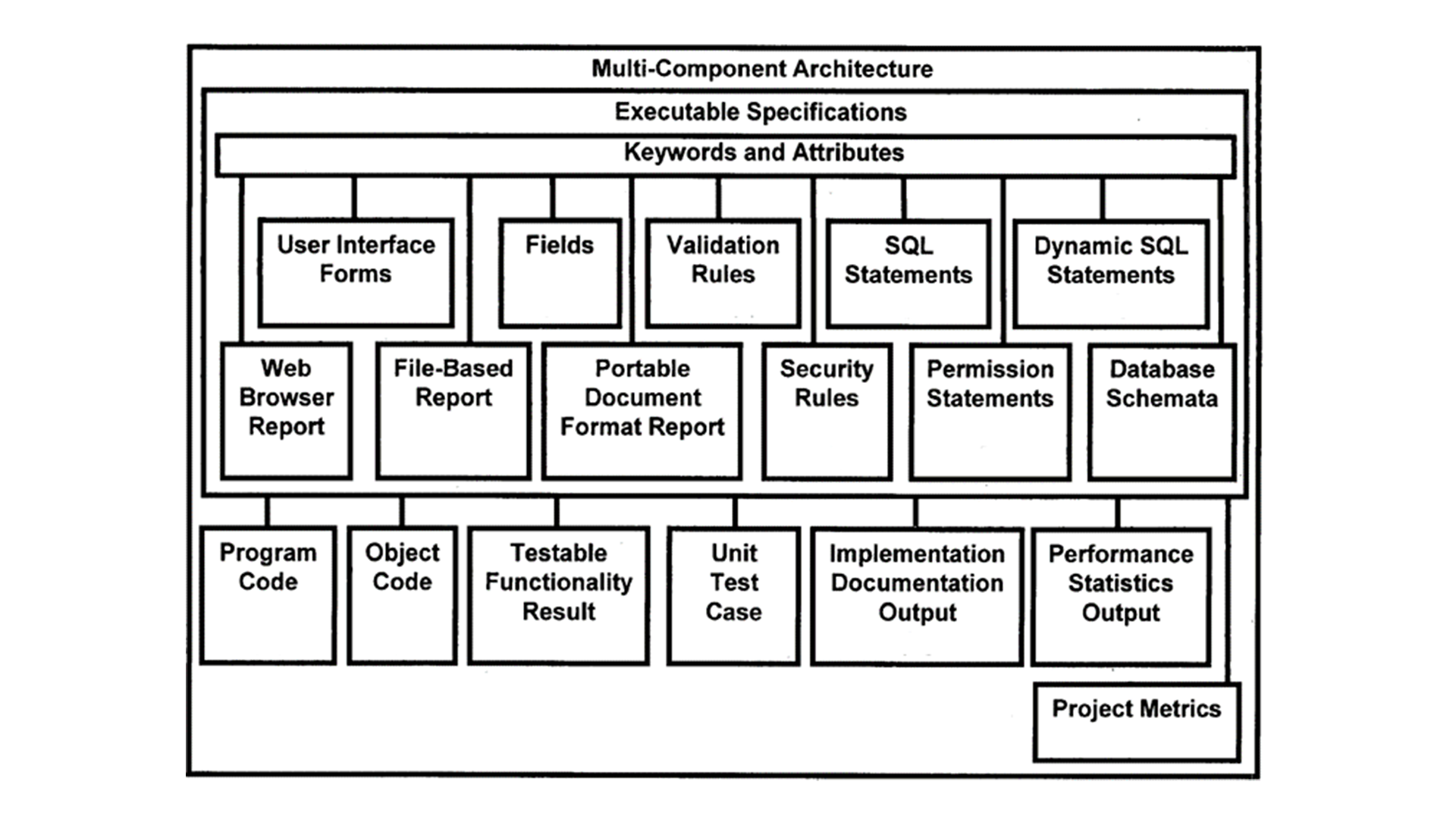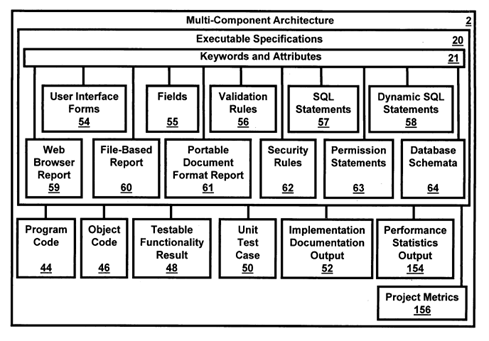
The Evolving Landscape of Software Development
In the progression of computer software applications, the primary objective has always been enhancing the productivity of entities, ranging from individual professionals to vast enterprises. Historically, these software applications were designed to streamline processes, including payroll, record-keeping, sales management, and even research and development. With such tools in place, enterprises witnessed significant boosts in employee efficiency and overall productivity.
However, the rapid growth and ubiquity of the Internet and World Wide Web introduced a paradigm shift. Companies began to recognize the potential of extending their internal applications, previously limited to intra-company tasks, to a broader audience—customers, vendors, partners, and more. This “extension of the enterprise” transformed the digital landscape, allowing external entities to directly interact with an enterprise’s internal systems. For instance, instead of a traditional phone order, a customer could now directly input their order into a company’s internal sales software via the web.
While this shift brought about considerable advantages, including cost reductions and improved ROI, it also introduced new engineering challenges, especially in the realms of security, software quality, maintenance, and code reusability. The line between basic web pages and sophisticated Internet-based applications blurred, but despite advancements, glaring shortcomings remained, particularly in mission-critical web applications. This focus on code reusability has become pivotal in addressing these challenges and ensuring the efficiency and effectiveness of modern software development for senior healthcare leaders and professionals in various fields.
Identifying the Shortcomings in Contemporary Health-Tech / Software Development
Current software development methodologies particularly for digital health exhibit several pain points. The prevalent models segregate critical domains like specifications, design, testing, and documentation. These segmented processes mean that functions such as prototyping, design, testing, and documentation often operate in silos, managed by diverse teams with varied expertise. This separation leads to increased complexity, requiring more human resources and expertise, ultimately culminating in software that might be less integrated and potentially of lower quality.
Furthermore, while these systems might support component reusability within a single application, they falter when extending this reusability across multiple projects. This limitation isn’t just a minor inconvenience; it’s a significant impediment in the ever-evolving world of software development, where flexibility and scalability are paramount.
The Revolutionized Approach: Embracing Declarative Constructs
Addressing the above challenges necessitates a groundbreaking shift—a system emphasizing reusable software application development. The core of this transformative approach revolves around declarative executable specifications. By leveraging a set of keywords and attributes, it’s possible to declare executable specifications that seamlessly integrate with a data processing system.
This methodology isn’t merely about creating code. It encapsulates a holistic approach—generating program codes, instantiating object codes, producing testable functionalities, and even devising unit tests. Furthermore, it provides essential outputs, from implementation documentation to performance statistics and overarching project metrics.
In essence, the aim is to create a unified framework—one that simplifies the intricate components of business systems using declarative constructs. This approach empowers even those with limited programming expertise to craft software that meets the quality standards often associated with seasoned developers.
In a world that increasingly relies on digital solutions, the call for efficient, reusable, and high-quality healthcare technology development methodologies has never been more urgent. Embracing this advanced system promises not just to address the existing gaps but to redefine the future of software development.
Conceptual Blueprint for Advanced Code Reusability in Software Development
 Figure 1
Figure 1
Exploring the Essence of Reusability in Software Development
At the heart of this innovation lies the aspiration for code reusability. In contemporary software engineering, the ability to reuse components is a coveted asset. It simplifies the development process, enhances efficiency, and reduces the potential for errors. However, to harness this code reusability efficiently, it’s essential to have a robust framework in place that can manage the complexities of reusable components and ensure their seamless integration into diverse applications.
The Drive Towards Holistic Integration
At the heart of modern software development lies a powerful yet intricate process, fuelled by an aspiration for seamless integration and optimized functionality. It’s not just about developing an application; it’s about crafting a solution where every component, from data to user interfaces, collaborates harmoniously.
Delineating the Multi-Layered Framework
In the backdrop of such a sophisticated software development landscape, the introduction of a multi-layered framework offers a paradigm shift. This conceptual scaffold is designed to enhance the fluidity of operations, ensuring that data seamlessly traverses through various components and reaches its intended destination without impediments (refer Fig:1).
Relational Database Connectivity
One of the foundational pillars of this framework is the establishment of a robust connection between the relational database server and the application server. This connection ensures that data is always accessible, facilitating swift data retrieval and processing.
Enhanced User Experience with Presentation Component
The presentation layer of any software dictates how users interact with the system. This component ensures that users experience a seamless interface, enriched by data directly sourced from the application server, guaranteeing real-time updates and responsiveness.
The Application and Data Interplay
The application component stands as the beating heart of the system, determining its functionalities and behavior. Paired with the data component, which acts as the reservoir of information, these two work in tandem, ensuring that the software operates with both precision and efficiency.
Prioritizing Security and Customization
Any advanced software framework places paramount importance on security. By integrating a security and personalization component, the system not only guards against unauthorized access but also crafts a user experience tailored to individual needs, striking a balance between protection and personalization.
Centralized Control with the Administration Console
Overseeing these components is the administration console, a pivotal part of the framework. It acts as the nerve center, ensuring streamlined management, and offering holistic visibility across the software’s myriad facets. What’s unique is its incorporation of the security and personalization component, ensuring that every tweak and change adheres to established security protocols.
Infusing Dynamism with Executable Specifications
Perhaps one of the most groundbreaking aspects of this conceptual framework is the role of declarable executable specifications. Beyond being mere static instructions, these specifications become dynamic catalysts, driving the system’s behavior. Through a set of carefully curated keywords and attributes, they provide a roadmap, guiding the software to deliver precise outputs that range from unit tests to end-user application codes.
The conceptual underpinnings of this innovative software development approach provide a tantalizing glimpse into the future of software design. By emphasizing holistic integration, prioritizing both security and customization, and harnessing the power of dynamic executable specifications, it promises a future where software development is not just efficient but also inherently adaptive and user-centric.
